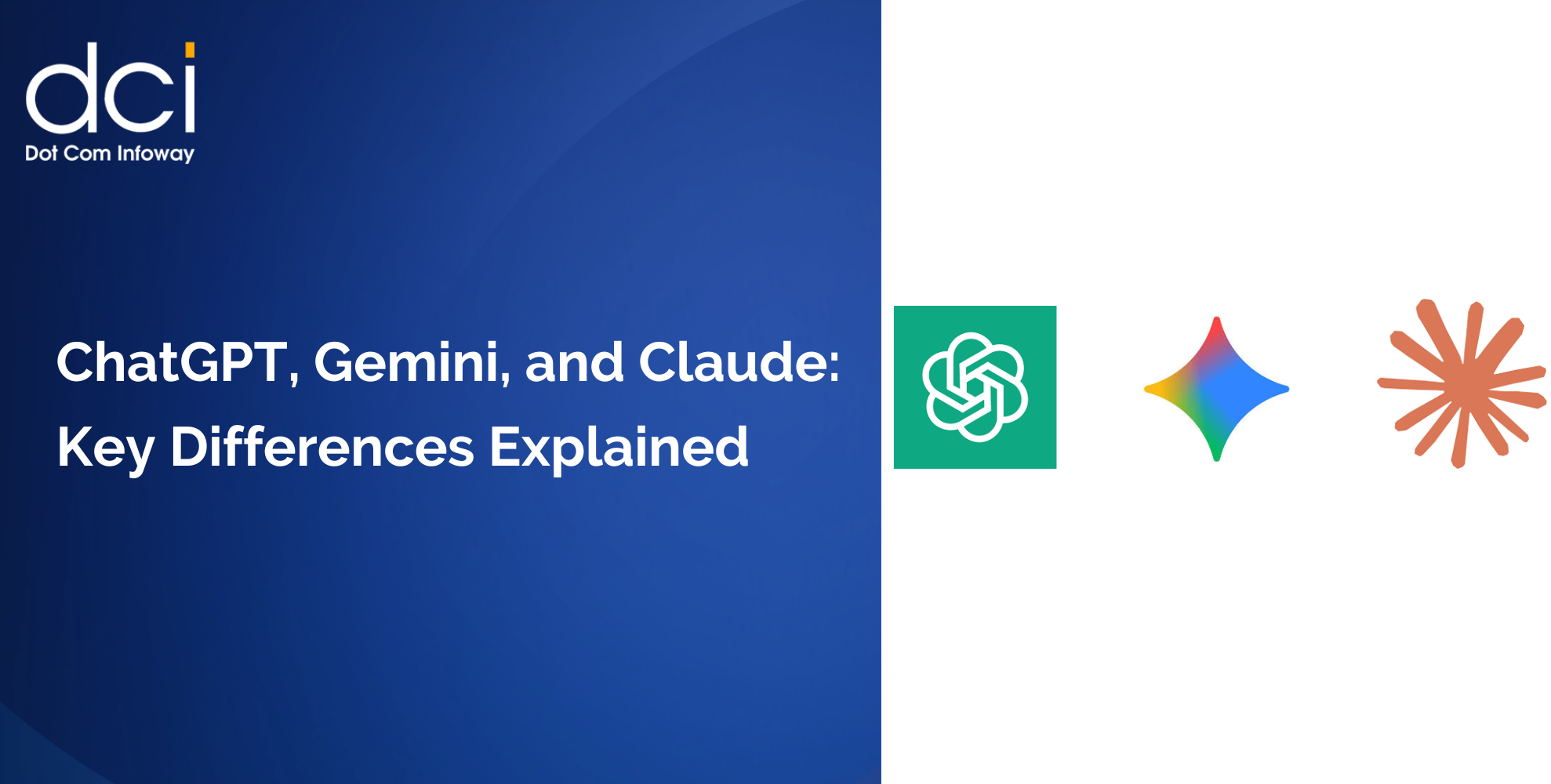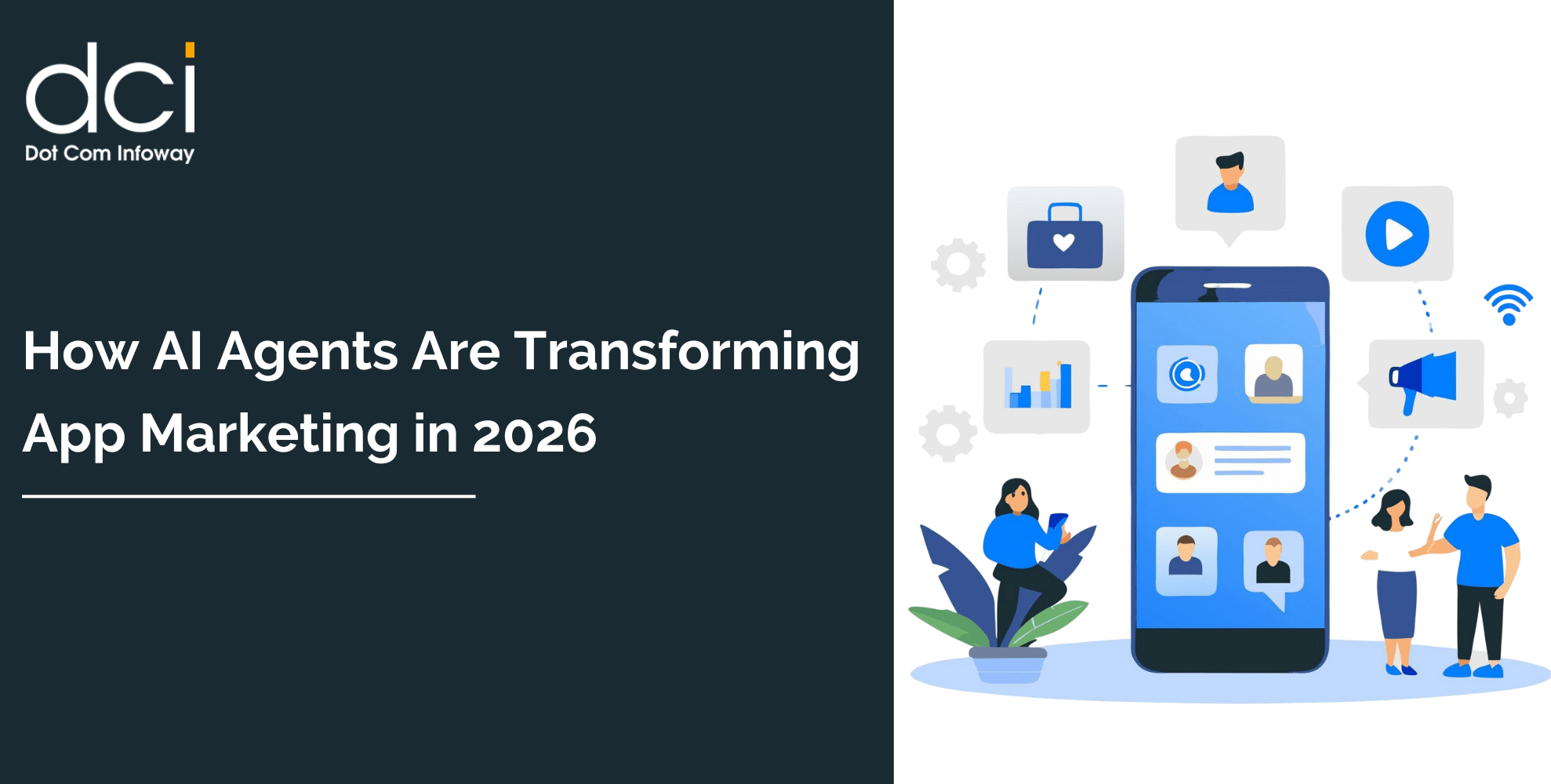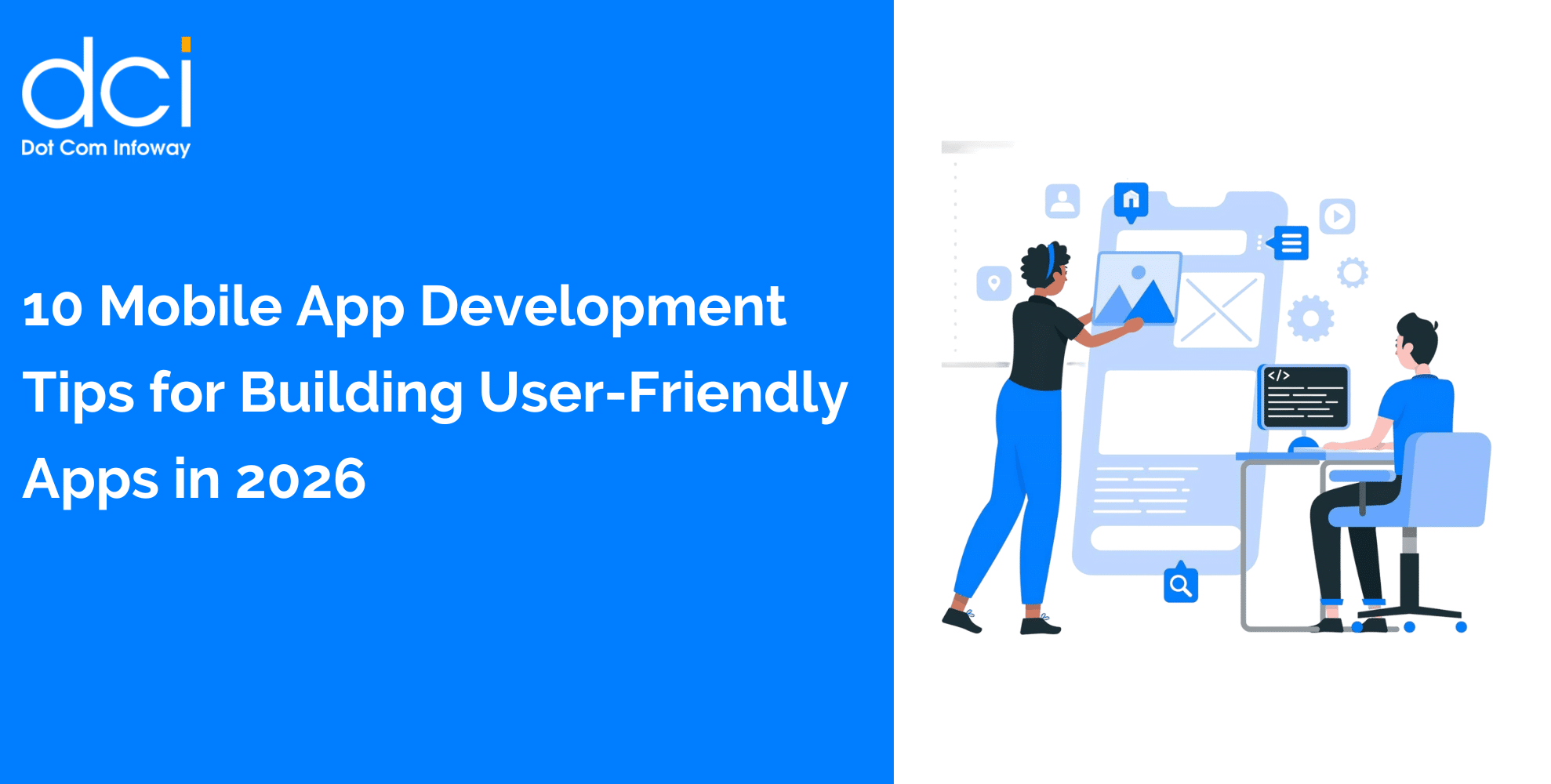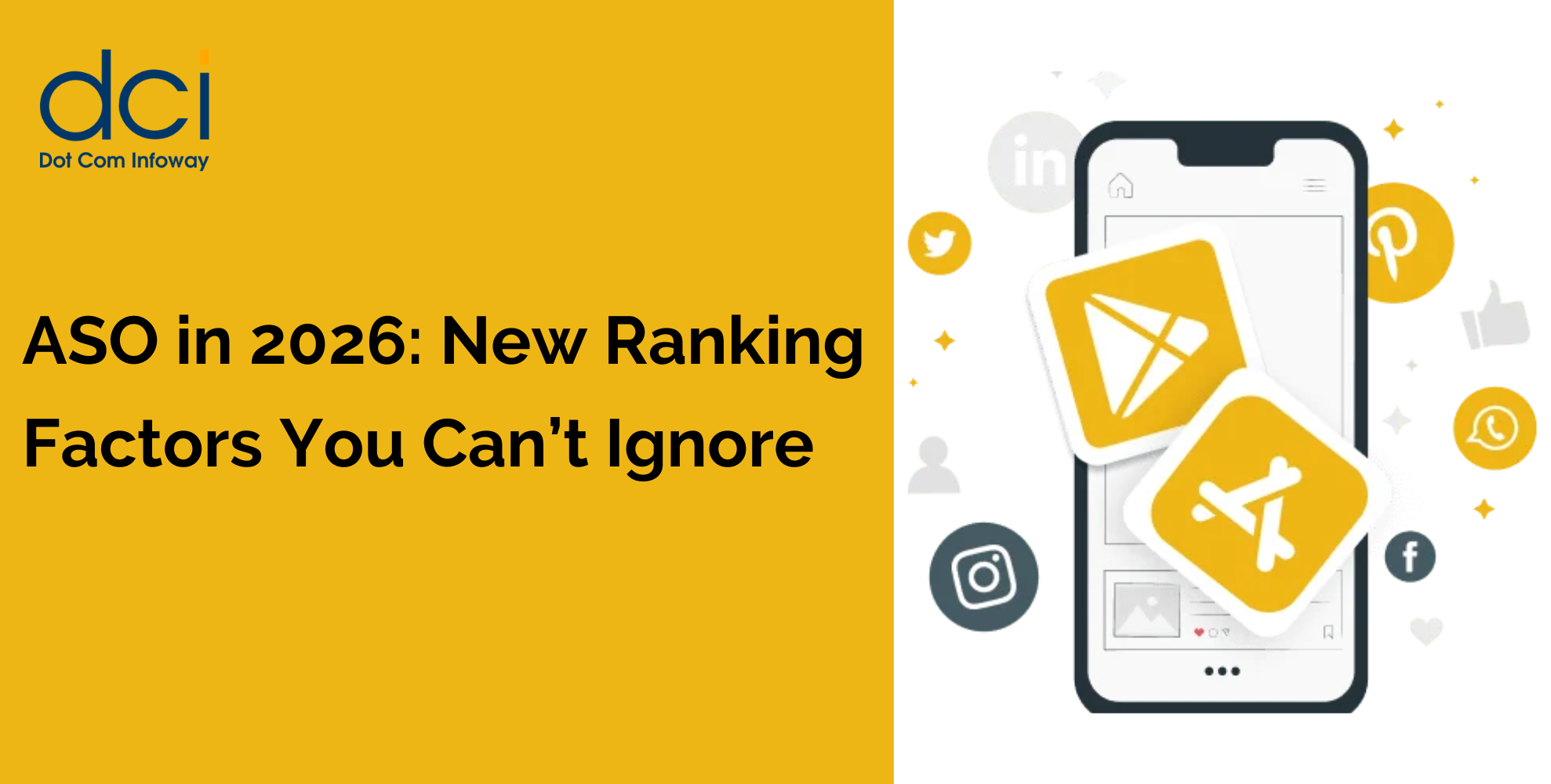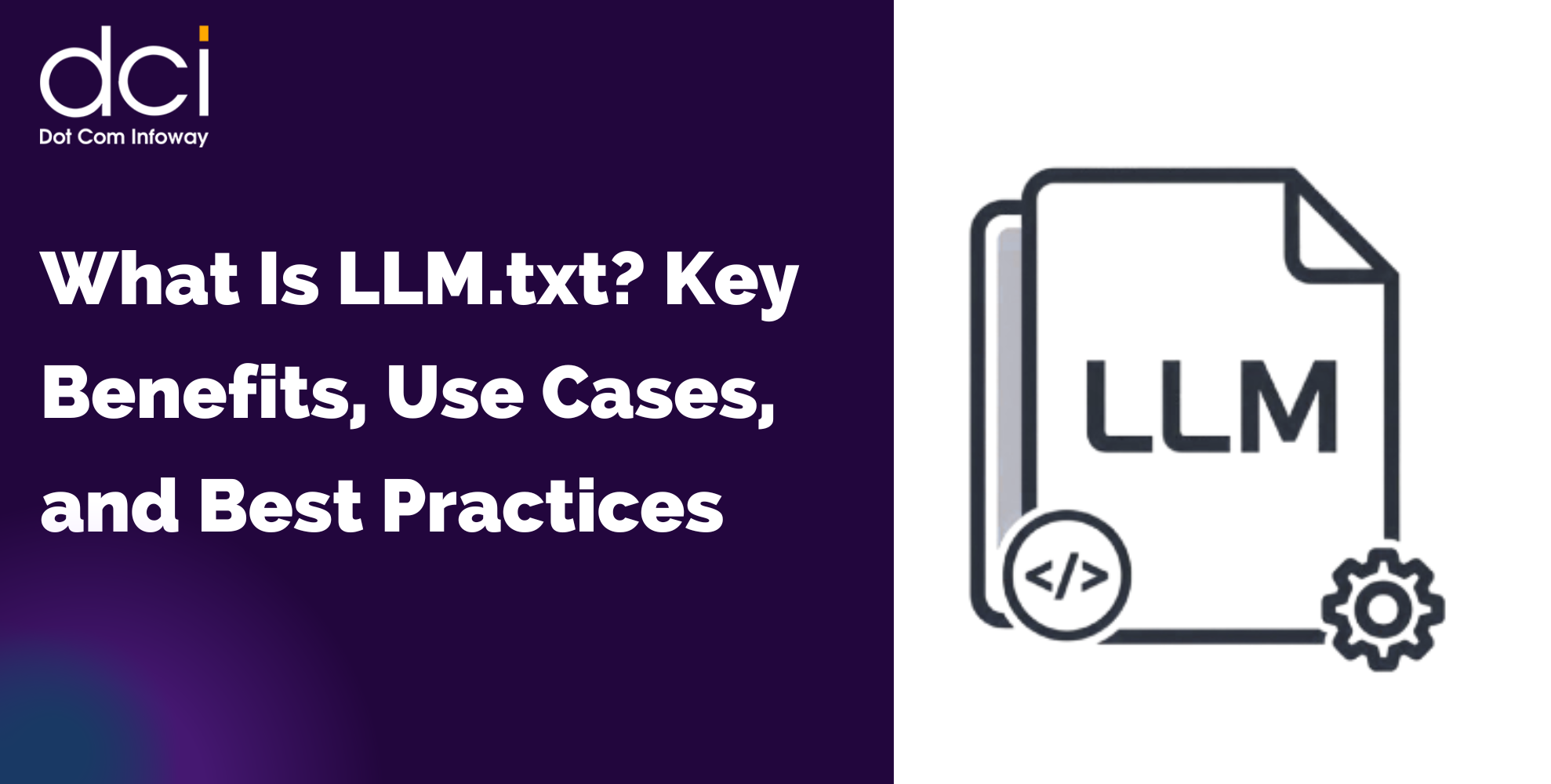Why Your Website Needs a Smart AI Chatbot
Conversational AI has moved far beyond simple rule-based responses. Modern smart AI chatbots leverage advanced natural language processing to understand context, intent, and emotion. As one Reddit user from r/webdev noted: “The difference between a basic chatbot and a smart AI chatbot is like comparing a flip phone to a smartphone – the capabilities are worlds apart.”
Companies implementing AI customer service solutions report handling up to 90% of routine inquiries automatically. Bank of America’s Erica, for instance, has successfully managed millions of customer interactions while maintaining high satisfaction scores.
Understanding Different Types of AI Chatbots
Rule-Based vs. Smart AI Chatbots
Traditional chatbots follow predetermined decision trees, while intelligent chatbots use machine learning to understand natural language. Smart AI chatbots can:
- Learn from previous conversations
- Handle complex, multi-intent queries
- Provide personalized responses based on user history
- Integrate with multiple systems simultaneously
Chatbot Development Technologies
When building your smart AI chatbot, you’ll encounter several technological approaches:
Machine Learning Models: GPT-4, Claude, and Gemini offer different strengths. As highlighted by Zapier’s comprehensive analysis, ChatGPT excels in versatility, while Claude’s Artifacts feature makes it exceptional for creating interactive interfaces.
Reasoning Models: DeepSeek R1 and OpenAI’s o3 models represent the cutting edge, simulating logical processes to solve complex problems rather than just pattern matching.
Step-by-Step Smart AI Chatbot Implementation
Phase 1: Planning Your AI Customer Support Strategy
Start by analyzing your current customer service pain points. Successful implementations like Domino’s Pizza chatbot didn’t happen overnight – they began with identifying specific use cases:
- Order placement and tracking
- FAQ responses
- Product recommendations
- Appointment scheduling
Phase 2: Choosing the Right Smart AI Chatbot Platform
Based on current market analysis, here are the leading platforms:
Enterprise Solutions:
- Microsoft Copilot integrates seamlessly with Office 365
- Google Gemini offers superior context windows and Google Workspace integration
- Custom solutions using OpenAI API provide maximum flexibility
Small Business Options:
- Zapier Chatbots enable rapid deployment with automation capabilities
- Facebook Messenger bots offer direct customer engagement
- Website-specific solutions like Intercom Fin
Phase 3: Building AI Chatbot Architecture
Your chatbot development process should follow these technical requirements:
Natural Language Processing (NLP) Setup:
1. Intent Recognition: Train your model to understand user goals
2. Entity Extraction: Identify key information from user messages
3. Context Management: Maintain conversation flow across multiple exchanges
4. Response Generation: Create human-like, contextually appropriate replies
Integration Points:
- CRM systems for customer data access
- Knowledge bases for accurate information retrieval
- E-commerce platforms for order management
- Analytics tools for performance monitoring
Phase 4: Training Your Intelligent Chatbot
The most successful smart AI chatbots undergo extensive training phases. H&M’s fashion chatbot, for example, was trained on thousands of style combinations and customer preferences before launch.
Training Data Sources:
- Historical customer service transcripts
- FAQ documents and knowledge base articles
- Product catalogs and specifications
- Customer feedback and reviews
As noted in Reddit discussions about AI implementation: “The quality of your training data directly correlates with your chatbot’s success rate. Garbage in, garbage out still applies to AI.”
Advanced Features for Website Chatbots
Personalization Through AI Customer Service
Modern smart AI chatbots excel at personalization. Spotify’s chatbot creates custom playlists based on user preferences, while Sephora’s bot provides personalized beauty recommendations with virtual try-on capabilities.
Implementation Strategy:
- User behavior tracking across website interactions
- Purchase history analysis for product recommendations
- Preference learning through conversation patterns
- Dynamic response adaptation based on user segments
Multi-Modal Capabilities
Today’s intelligent chatbots aren’t limited to text. They can:
- Process and analyze images (like Sephora’s virtual try-on)
- Handle voice commands (similar to Alexa integration)
- Generate visual content (charts, graphs, product images)
- Support video responses for complex explanations
Conversational AI Best Practices
The development partner you choose will play a pivotal role in bringing your app idea to life. Their expertise, experience, and approach can significantly impact the functionality, user experience, and scalability of your app. A proficient development partner ensures that your app is not only functional but also intuitive, secure, and capable of handling the demands of real-time delivery services.
Assessing Technical Expertise and Experience
Successful chatbot implementations follow proven patterns. Apple’s Siri demonstrates natural conversation flow, while Amazon’s Alexa showcases seamless multi-device integration.
Key Design Principles:
- Maintain Context: Remember previous conversation elements
- Graceful Failure: Provide helpful responses when unable to assist
- Human Handoff: Seamlessly transfer complex issues to human agents
- Continuous Learning: Improve responses based on user interactions

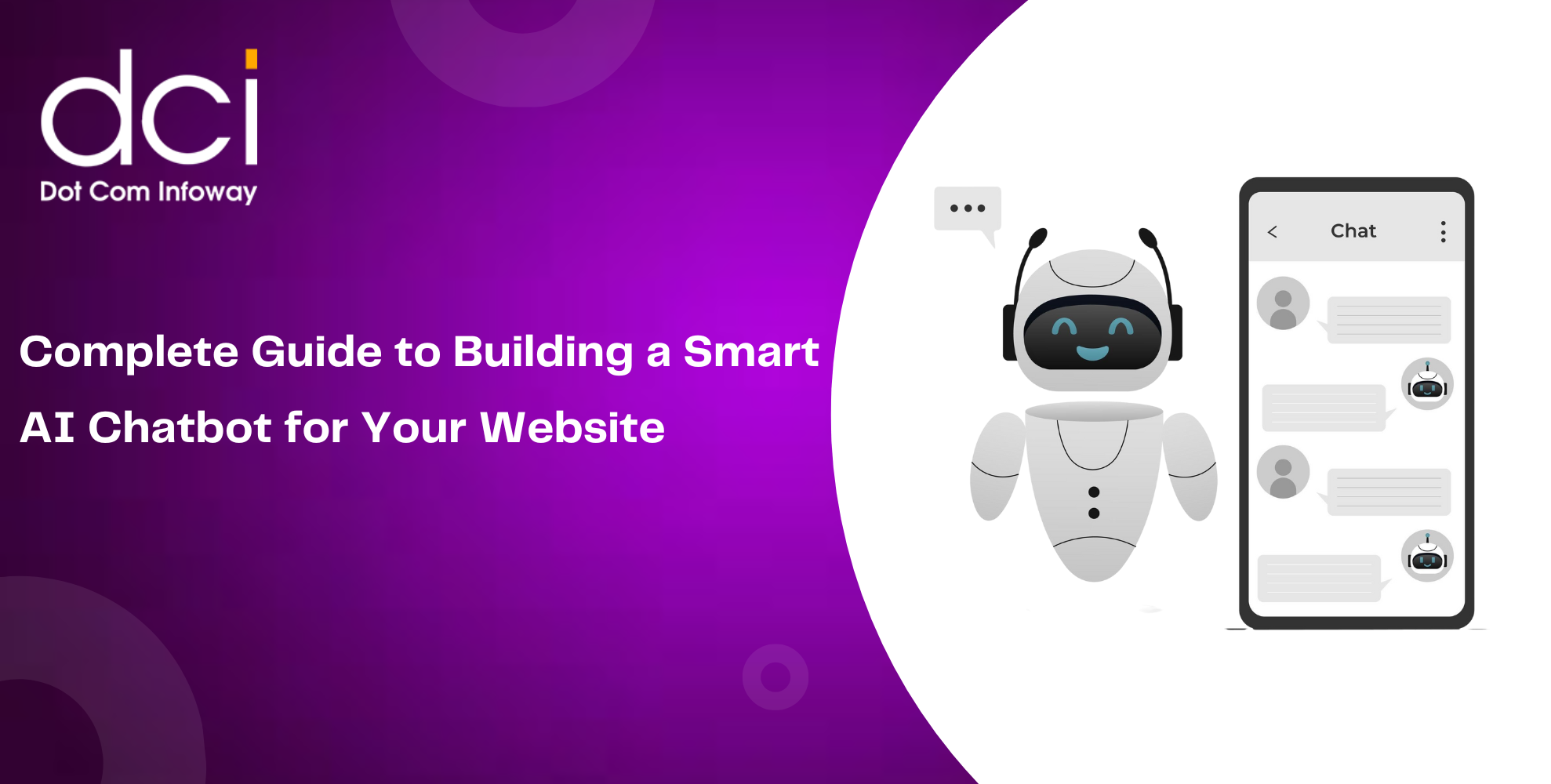
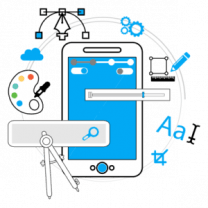
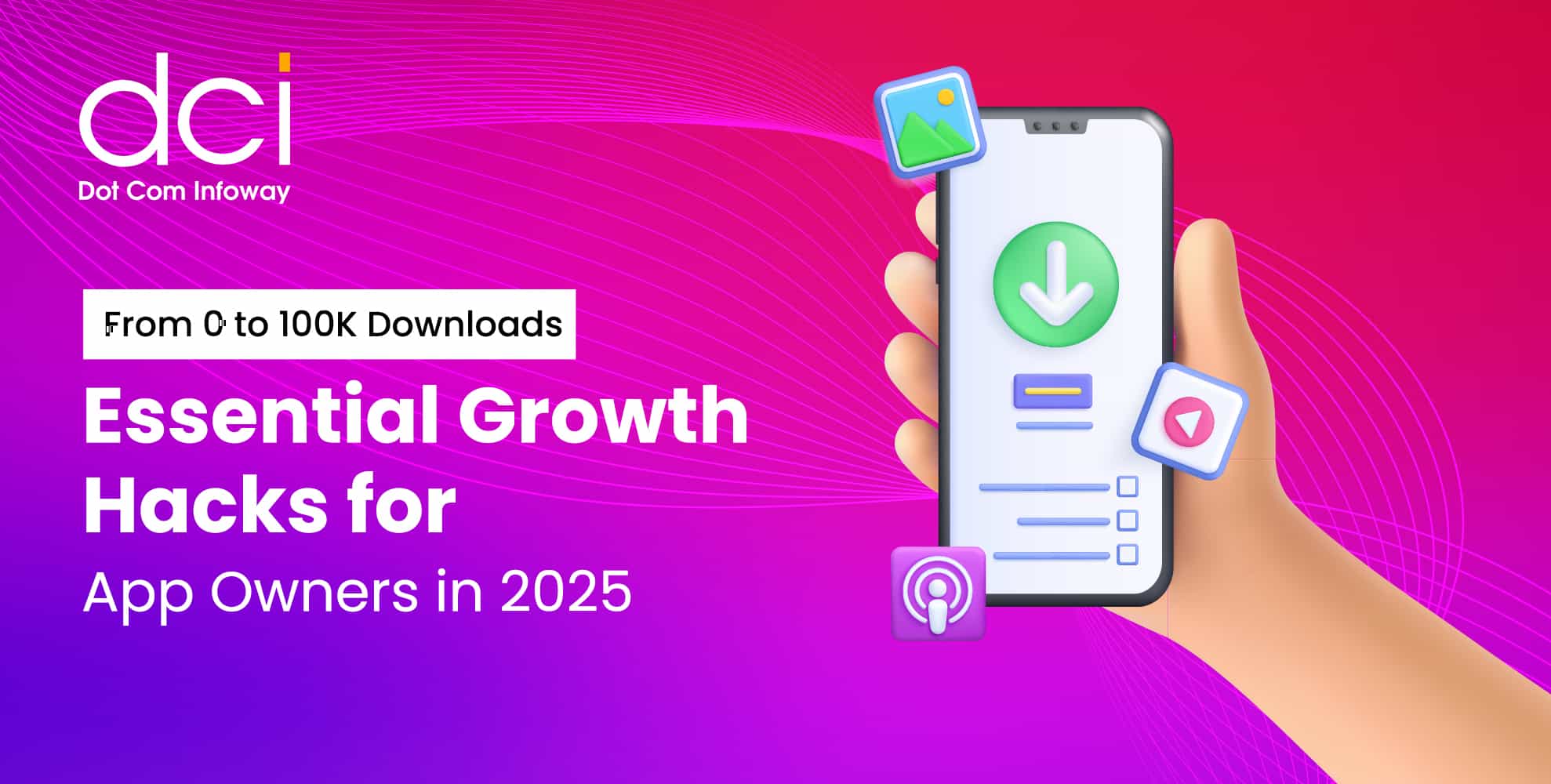

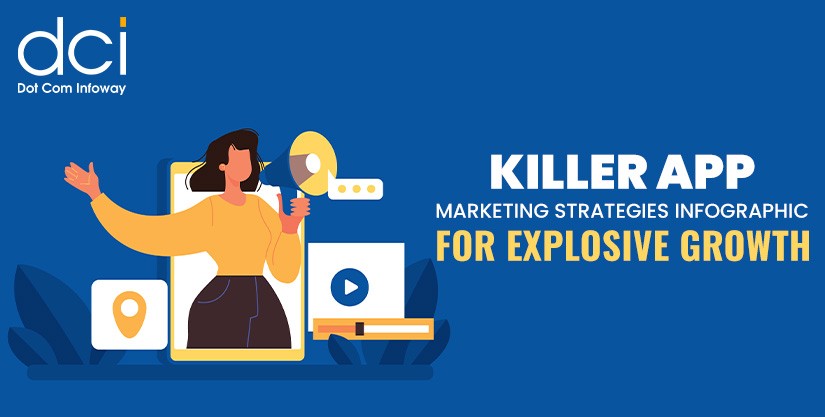

![The Game Marketing Guide: Pre and Post-Launch Strategies [Infographic]](https://www.dotcominfoway.com/wp-content/uploads/2023/09/DCI-Game-Marketing-blog-1.jpg)

